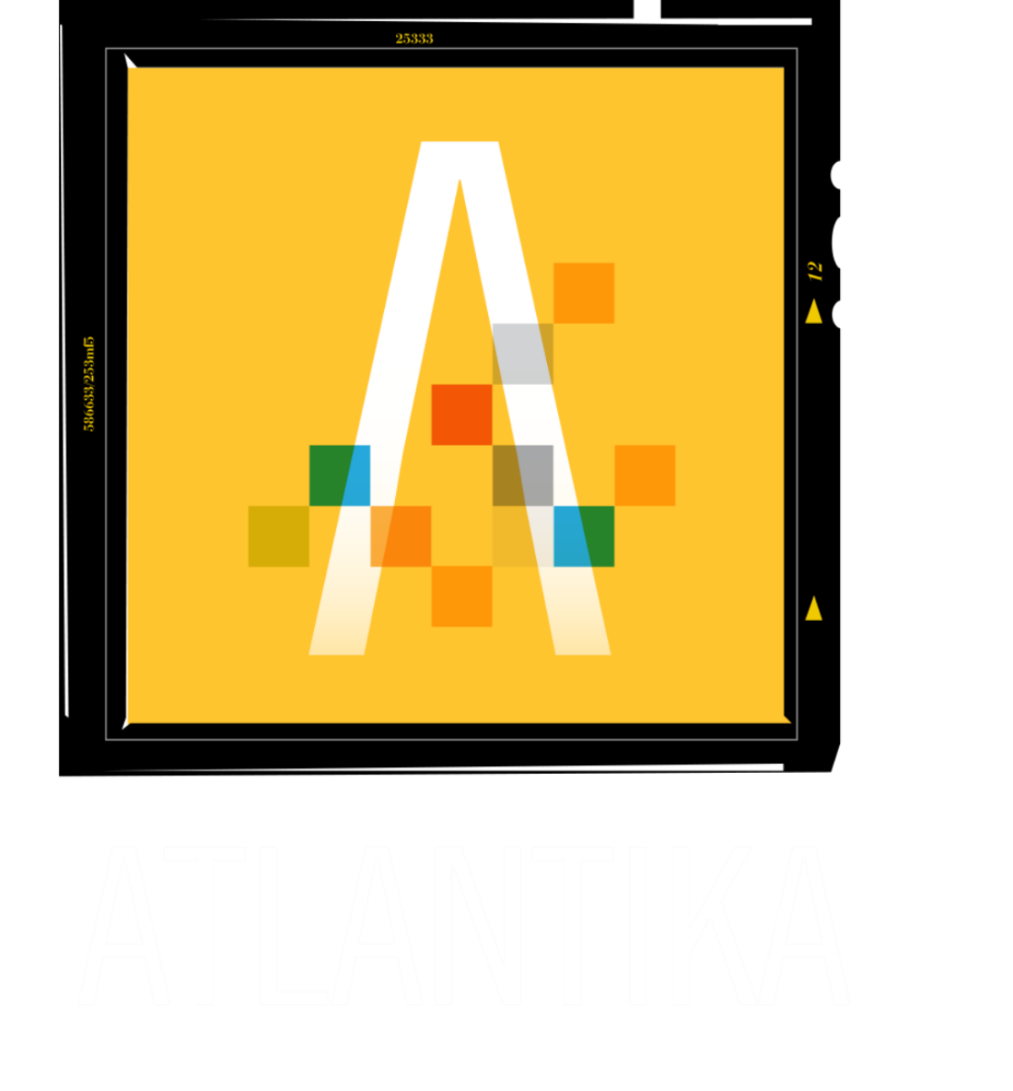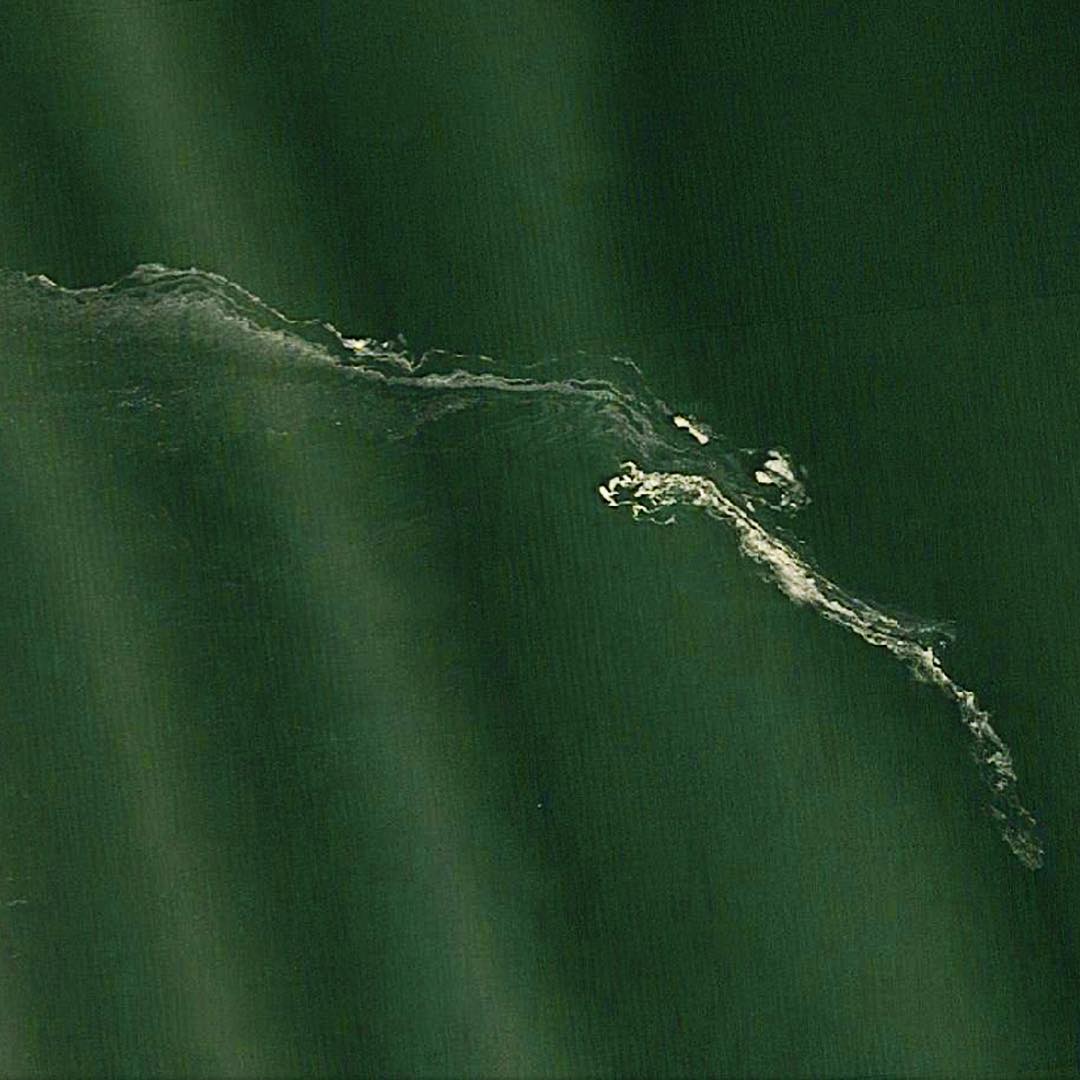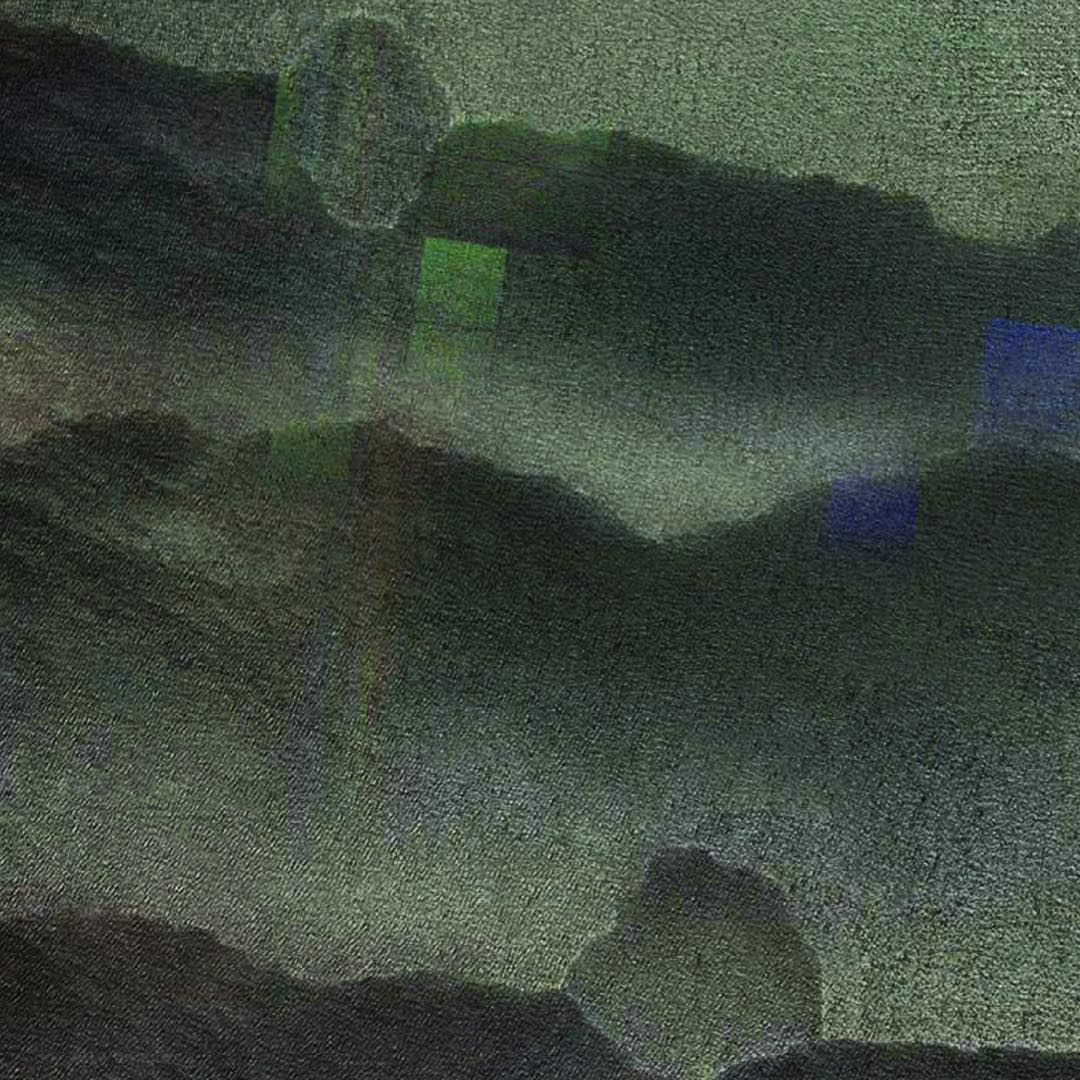Bill Crandall
My good friend and collaborator Craig Czury is doing a poetry event at Upshur Street Books on Feb 16th, if you're in Washington DC mark your calendars. Craig is an old school poet-warrior with the soul of a documentarian, with an enigmatic way of looking at things. We've been working together on an ongoing fracking-related project combining his words and my pictures from around where he lives in rural northeastern PA - fracking ground zero, the Marcellus Shale region. This event is for the release of his latest book, Thumb Notes Almanac, docu-poems he made by hitchhiking up and down the rural highways and back roads and chatting up locals and fracking workers alike. He creates a humanistic, nonpartisan mosaic of voices from a region under duress.
We’re planning a book of our joint work too. I think our visions meshed well, since we both like getting at a story indirectly, through the side door. I remember an intro to a Josef Koudelka book that calls Koudelka a ‘secretary to the invisible’, which always struck me as a noble guiding principle. How to illustrate an issue that is mostly invisible (fracking happens two miles underground)? For me, it wasn’t about shots of fracking towers as much as a feeling for the land. I consider it a landscape series.
I’ll probably make one or two more visits up there to keep the project going. Fracking activity, and the ripple effect on the community, is constantly in flux. Below is a photo I took of a well pad that seemed fairly innocuous. I couldn’t tell if it was under construction, or deconstruction, or was simply a dormant former drilling spot. (On a tragic side note, the family across the road who owns the property got a big windfall for signing off on the land rights. They spent part of the money on a four-wheeler for their teenage son, who promptly crashed it and died.)
This is right up the road from where Craig lives in an old rural schoolhouse converted to artist studios. Here’s a night shot he sent more recently of the same spot:
If you want to see how our project is shaping up so far, take a look on my website.


























